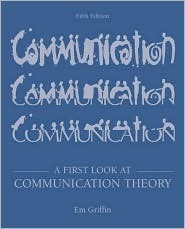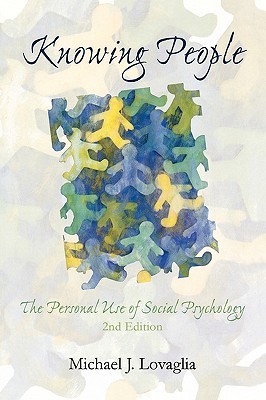
A First Look at Communication Theory with Conversations with Communication Theorists CD-ROM 2.0
Book Description
Unlock the secrets of human connection in a world where every word matters. Dive into "A First Look at Communication Theory" and explore the dynamic interplay of messages that shape our lives. With vibrant insights and captivating anecdotes, this groundbreaking text unveils the theories that underlie our conversations, relationships, and cultures. Each chapter is a journey into the minds of communication theorists, illuminated by the compelling Conversations with Communication Theorists CD-ROM 2.0. Are you ready to transform the way you view communication and unleash its untapped power in your own life?
Quick Book Summary
"A First Look at Communication Theory" by Em Griffin offers a comprehensive and accessible introduction to the essential theories that define the field of communication. The book explores a wide variety of foundational and contemporary perspectives, examining how messages are created, interpreted, and affect relationships and cultures. Griffin deftly explains the practical implications of each theory through engaging examples and relevant anecdotes, encouraging readers to apply these concepts to their daily interactions. The inclusion of interviews with leading communication theorists further illuminates the development and application of key ideas, fostering a deeper understanding of human connection. This textbook is invaluable for students and professionals seeking to unlock communication's transformative power.
Summary of Key Ideas
Table of Contents
Understanding the Complexity of Communication
Em Griffin's textbook delves into the multifaceted nature of communication, emphasizing its complexity and omnipresence in our daily lives. It begins by illustrating how communication is far from a simple exchange of information; it is layered with meaning, context, and interpretation. This complexity stems from the interplay between messages, the channels used, and the perspectives of the involved parties. Griffin guides readers to recognize the subtle cues, frameworks, and codes embedded within communication, encouraging a critical evaluation of how messages are sent and received.
Exploring Interpretive and Objective Approaches
A significant portion of the book is dedicated to distinguishing between interpretive and objective approaches to communication theory. Objective theories, rooted in scientific tradition, seek to explain and predict communication behaviors using empirical methods. In contrast, interpretive approaches focus on understanding the unique, subjective experiences of communicators, drawing from the humanities. Griffin presents both sides with fairness, equipping students with the tools to critically assess theory construction and its relevance to real-world communication situations.
The Influence of Culture and Context
Culture and context emerge as pivotal factors shaping communicative acts. The book explores how cultural norms, values, and backgrounds influence the meaning and effectiveness of messages. Through examples like intercultural misunderstandings or the power of narratives within specific communities, Griffin demonstrates that communication is deeply entrenched within broader social structures. This section also addresses how context—whether social, relational, or situational—modulates the interpretation and response to messages.
Interpersonal Communication and Relationship Dynamics
Interpersonal communication theories play a central role, highlighting how individuals build, maintain, and sometimes dissolve relationships through their communicative choices. Griffin examines models such as Social Penetration Theory and Uncertainty Reduction Theory, showing how self-disclosure, trust, and uncertainty affect connection and relational satisfaction. The section elaborates on the implications for conflict resolution, relationship growth, and the negotiation of meaning between people.
Communication as Social Construction
The book concludes by situating communication as a process that actively constructs social reality, not just reflects it. Drawing from symbolic interactionism and related theories, Griffin illustrates how the words and symbols we choose shape our perceptions of ourselves and the world. The textbook challenges readers to consider their role in this ongoing process of meaning-making, empowering them to be more mindful and effective communicators in both personal and public spheres.
Download This Summary
Get a free PDF of this summary instantly — no email required.





